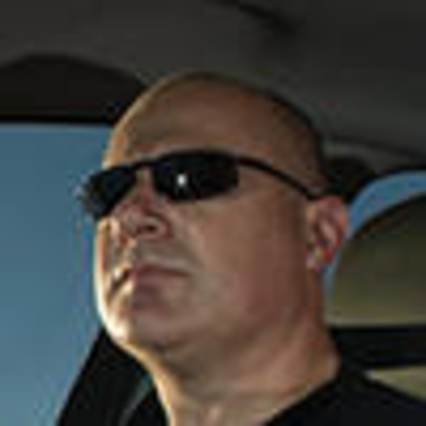How can the same car score five stars for crash safety in Europe and only four stars in Australia?
That's because the star ratings -- and the cars -- are not created equally.
Contrary to perception, Australian crash protection standards are superior -- ever since European authorities made some misguided concessions.
But first, let's deal with the difference in the cars.
Most car makers prioritise their efforts developing left-hand-drive cars first
Even though the Hyundai Tucson in Australian showrooms looks exactly the same as the one in Europe, the US and Korea -- but with the steering wheel on the other side -- the reality is cars from opposite sides of the world are not a mirror image underneath.
In simple terms, the structure of a left-hand-drive car may have some parts moved to favour it in a crash test there.
But sometimes those changes can compromise how the right-hand-drive version of the 'same' car performs in crash test here.
We are yet to determine what caused the inconsistencies in the recent Hyundai Tucson test. But it is not the first time right-hand-drive cars have been found wanting compared to overseas models.
Most car makers prioritise their efforts developing left-hand-drive cars first -- ahead of the development of right-hand-drive versions of the same vehicle -- because they account for 75 per cent of the world's vehicle sales.
It's one of the reasons cars go on sale in Australia about 12 months after they do in the US and Europe.
The other critical aspect of this recent anomaly is that the Australasian New Car Assessment Program (ANCAP) -- the independent body funded by federal and state governments -- has higher standards than its European counterpart when it comes to the critical and most important offset frontal crash test at 64km/h.
This is the test that simulates hitting on oncoming vehicle with just 40 per cent of the front of the car absorbing the impact.
In Australia, a car must earn a minimum of 12.5 points out of 16 in this initial test to be eligible for a five star rating.
But European authorities -- which also do an offset test at the same speed -- relaxed this rule, and allowed car makers to get aggregate scores across a number of tests.
The European authorities thought no car maker would dare go backwards in the primary offset frontal test, but as soon as the rules changed, some car makers dropped their standards, presumably because it saved money.
For example, the previous versions of the Mini Countryman and Jeep Grand Cherokee scored four stars when marked against the Australian criteria because they didn't make the 12.5 grade -- but got five stars in Europe after it relaxed the need to meet the cutoff mark.
There was another anomaly Australian authorities fixed: we initiated the requirement for vehicles to have rear side airbag protection to achieve a five star rating.
But the Europeans left this loophole wide open. Which is why the Volkswagen Up, Volkswagen Amarok, Renault Clio and Renault Captur got a five star rating in Europe even though they don't have rear airbags.
If tested in Australia today, they would get four stars.
There is a new CEO at ANCAP and a new line of thinking
Except there's one more problem.
Under previous management, Australia's crash test authority had begun relaxing many of the stringent measures it had in place because it thought it was best to streamline results with Europe.
News Corp Australia exposed the controversial weakening of ANCAP requirements 12 months ago.
But there is a new CEO at ANCAP and a new line of thinking.
ANCAP is now in the process of rebuilding its criteria -- instead of bowing to Europe's weaker standards and streamlining results which may not in fact help consumers looking for the safest car.
Which is why is it critical Australia retains ANCAP once car manufacturing comes to an end in 2017.
And why it needs to start explaining in simple terms why Australian crash test results carry more weight than those in Europe.



.jpg)







.jpg)




.jpg)



.jpg)

.jpg)



.jpg)


.jpg)
.jpg)
Comments